Right before the start of the madness that was Watches & Wonders, a few brave brands braced the tides and unveiled their own novelties separate from the event. Some rode the waves, others were swept away, and still others, like Frederique Constant, have been steadily coming into shore, riding in on the strength of their releases, separate from the tumult.
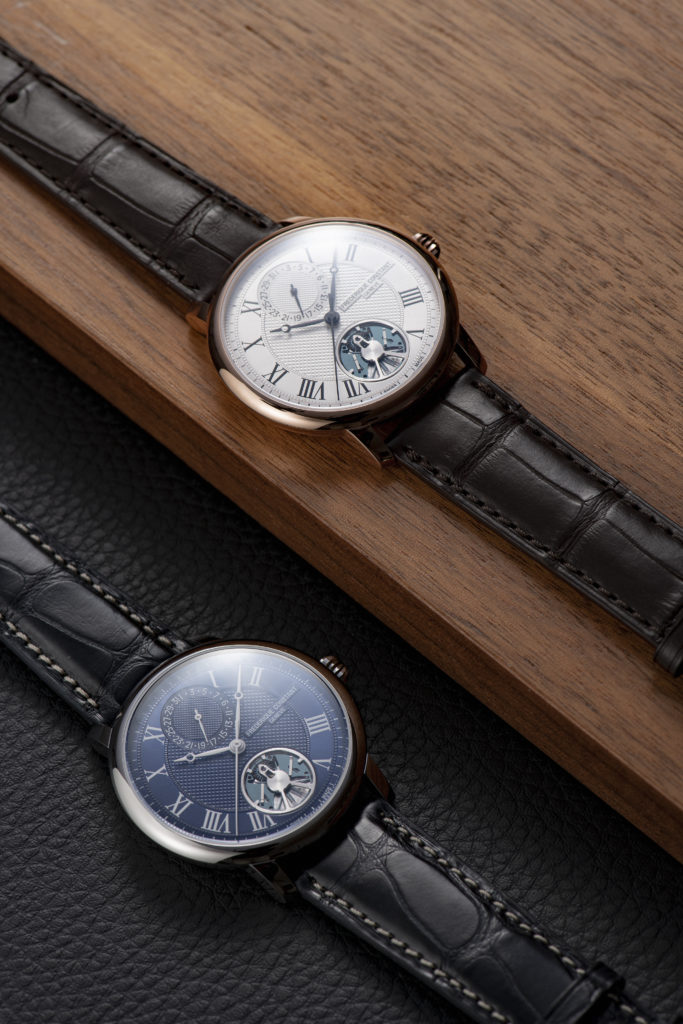
Last month, Frederique Constant introduced its most technically ambitious timepiece in several years, the Slimline Monolithic Manufacture. Similar in aesthetics to previous formal, classically designed watches by the Geneva-based brand, the watch caught attention not for its looks, but for its mechanics.
The innovation debuting in the new collection is a device the brand dubs a “Monolithic oscillator,” which essentially replaces the 20-plus-piece, traditional, balance-spring-based regulation system in favor of a “flexure pivot oscillator.” In simpler terms, the new system is a one-piece silicon component fitted with two regulation weights, integrating the escapement directly into its flexible structure, and in effect updating the three-century-old balance spring technology with something novel and useful. The technology was developed in partnership with Flexous Mechanisms, an independent, Dutch horology-tech company specializing in the design and development of flexible watch parts with a focus on mechanical watches.
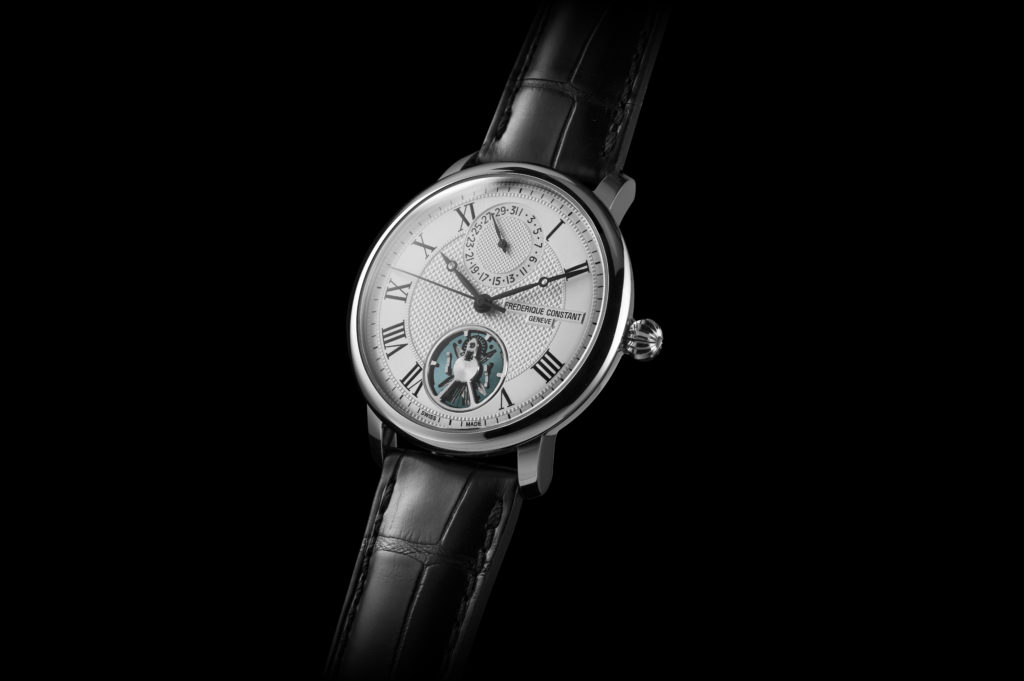
The watches incorporating the new oscillators are offered as two editions in stainless steel and one in 18k yellow gold, model, all with an overall classically elegant dial design. Moderately sized at 40 mm in diameter, the polished case has a straightforward appearance, with rounded edges and an onion crown providing it with a modest, 30-meter water resistance indicative of its focus as a more formal everyday-wearer.
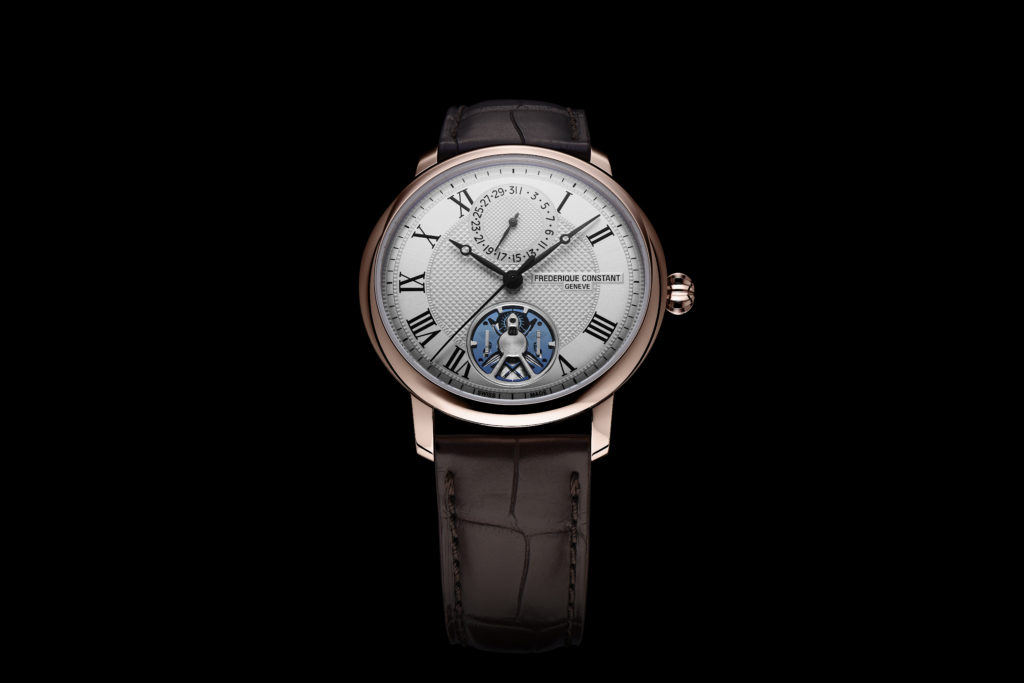
The multi-textured dial under the sapphire crystal has concentric sectors with various sunray and hobnail finishes. Along the outer edge is a simple minute ring; one layer closer to the center and across a parallel ring of fluting are printed Roman numerals for most of the hours. This ring is broken up in just a few spots — at 12 o’clock by an analog date indicator (with dot spacing between each marker except, conspicuously, the 31 and 1); at 3 o’clock by a positive-relief Frederique Constant logo, and at 6 o’clock by the aperture displaying the Monolithic oscillator. Passing over it all are a set of Breguet hands, whose color matches the accents for the hour and minute markers elsewhere on the dial.
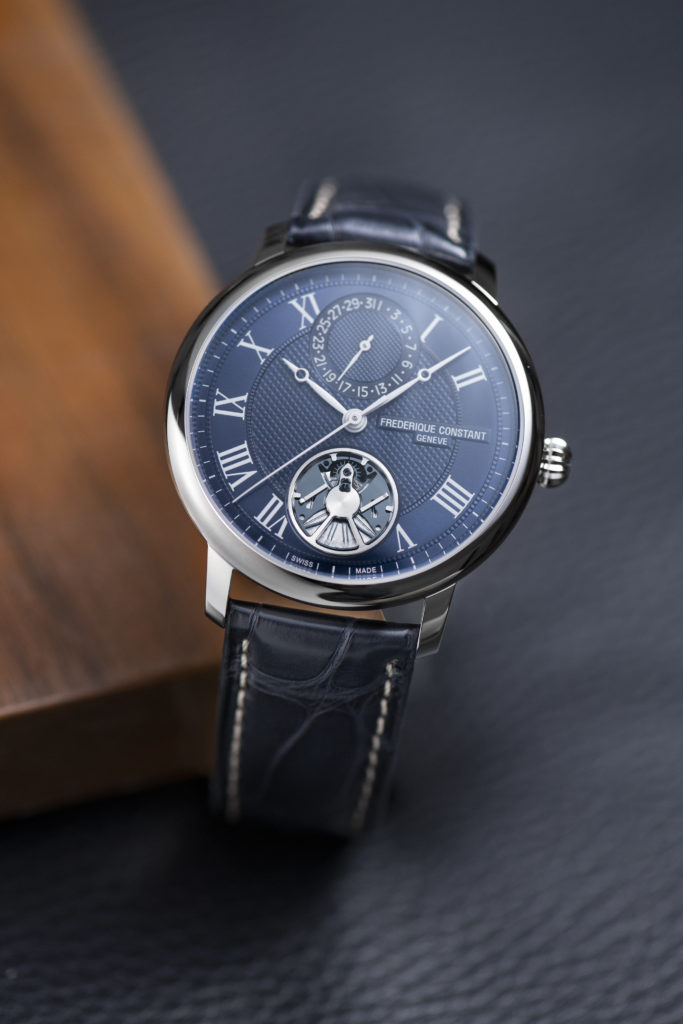
The reverse side of the watch affords a fuller view of the new FC-810 caliber, the automatic movement specially developed to accommodate the new silicon oscillator. In terms of specs, it is quite impressive, featuring a frequency of 288,000 vph (40 Hz) — oscillations you can view via the open-heart aperture on the dial — as well as a power reserve of 80 hours and a high degree of temperature resistance and anti-magnetism as a result of the oscillator’s silicon construction. These assets come complemented by a gold rotor for the automatic power generation of the watch, in addition to some high-quality radial finishing on the plates and bridges behind it.
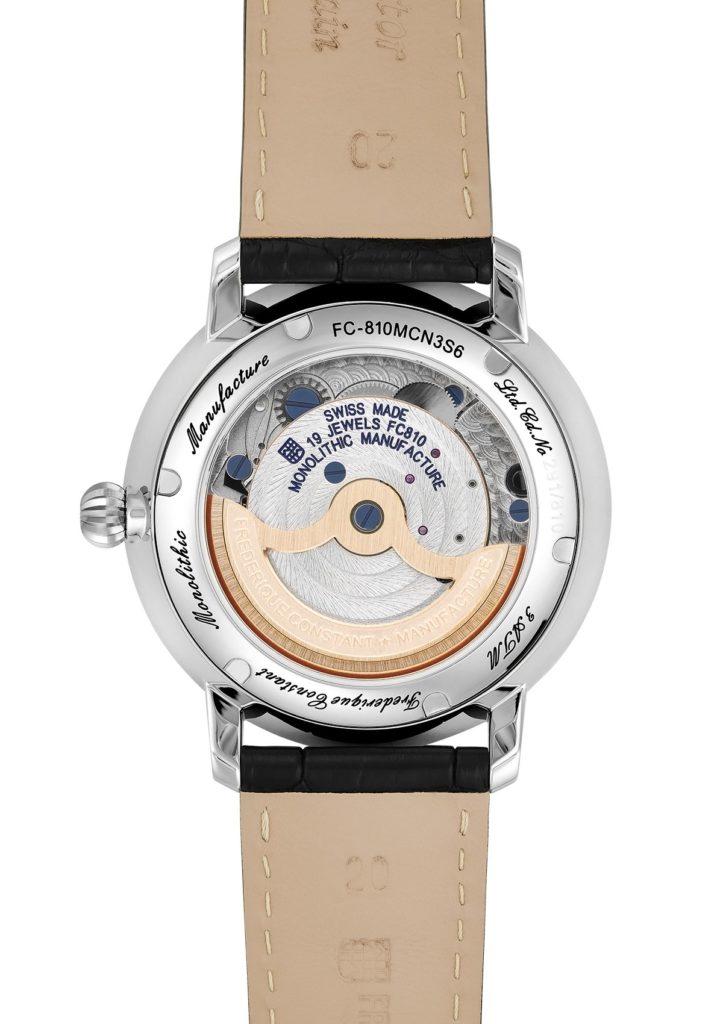
While the watch’s technical bonafides alone are enough to make it an interesting talking piece, and certainly represent significant promise for watch technology, its use of the new technology gives rise to some obvious questions. The first, which concerns accuracy, apparently is easily answered. According to Frederique Constant, the FC-810 is accurate to -4/+6 seconds per day, which, while not independently verified by the COSC, does qualify it as a chronometer, at least preliminarily.
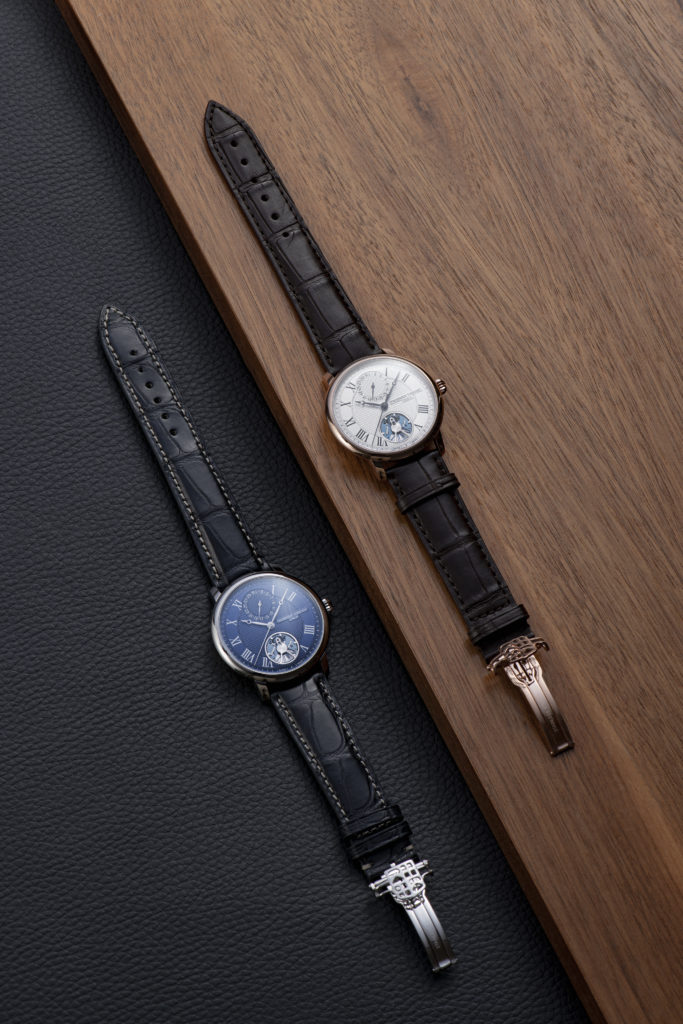
The second question that naturally arises is about servicing requirements — a concern with any new movement technology, as many watches need to be serviced directly through the brand from which they were purchased due to lack of spare parts and know-how elsewhere. On that, the brand recommends bringing the watch in for maintenance every three to four years, which is typical in the realm of watches. Frederique Constant even goes a bit further by providing a two year warranty for each watch from its purchase date.
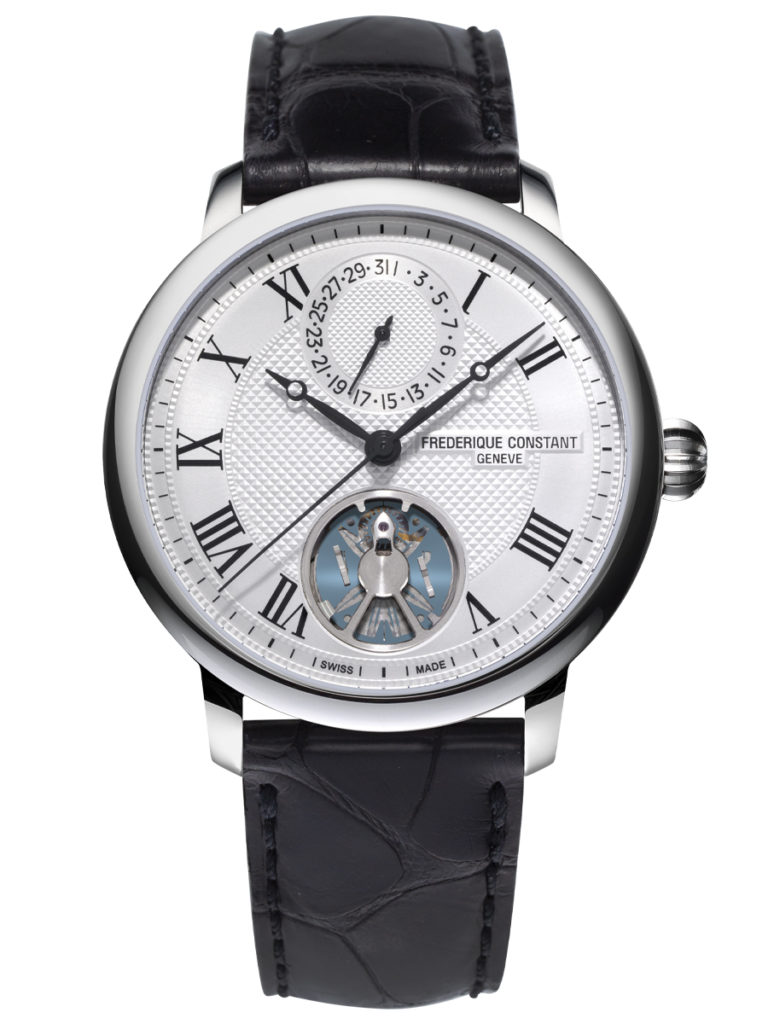
Taking the specs of the movement in hand with its accuracy and service requirements, the FC-810 movement and its Monolithic oscillator would appear to represent some serious value in the world of entry-level luxury watchmaking. Worth noting is this type of silicon-based technology isn’t completely new. A handful of other brands in the luxury and avant-garde segment have put into limited production some similar simplified, modern oscillators — notable among them Zenith, with its Defy Inventor, and Girard-Perregaux, with its Constant Escapement L.M.. However, no other watch manufacturer has done it in so cost-effective and complete a manner as Frederique Constant in its collaboration with Flexous Mechanisms. The result is a novel and potentially very useful technology that can be applied to traditional movement manufacturing capabilities, and one that also, most importantly, is somewhat accessible to the larger market.
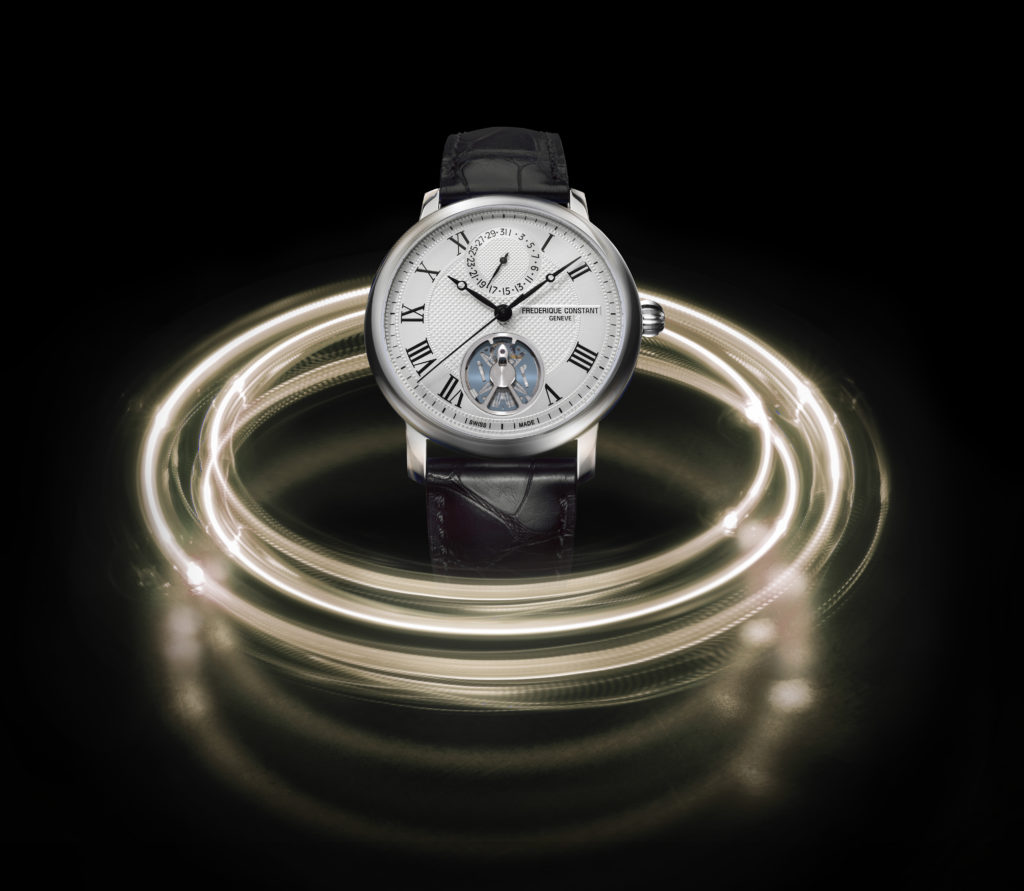
The Frederique Constant Slimline Monolithic Manufacture is available now, with each of the two steel models, both limited to 810 total pieces, marked at $4,795, and the 18k gold version, limited to 81 editions, priced at $15,995.
To learn more, visit Frederique Constant, here.


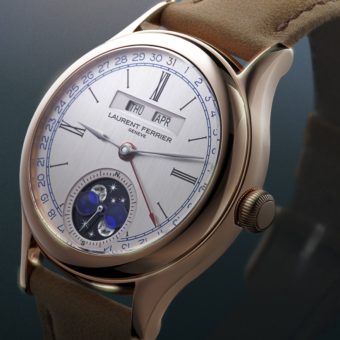
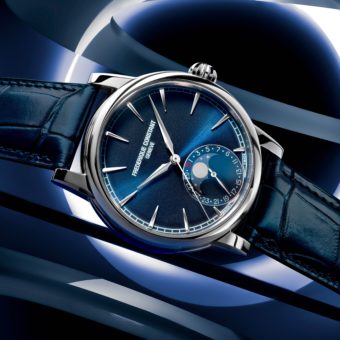
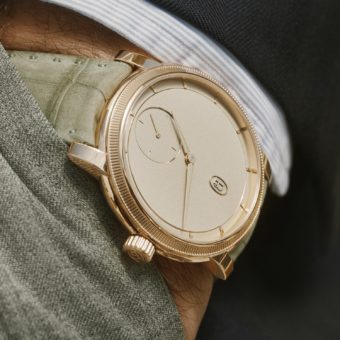
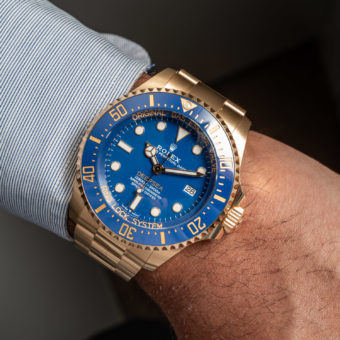
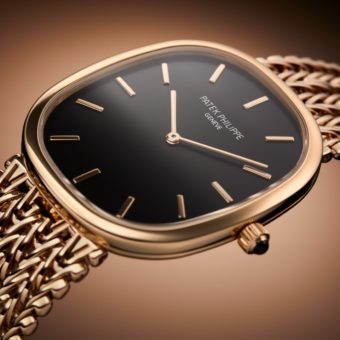
A service interval of 3 to 4 years ???
(see article)
– a common watchowner /-buyer let’s say opting for a timepice only HALF the asking price mentioned here, and even ‘down to’ say a rather pricey microbrand type ETA 2824-based, OR like one of the surisingly affordable new COSC-certified models from such a respected brand name as Tissot?
For shure, they will expect from these so much more affordable watches (yet still representing very fine Swiss watchmaking!),
a substantially more lengthy running time between services than 3 to 4 years! Even a famous, (yet in an increasing number of watchbuyers eyes overpriced) brand starting with letter ‘R’ is recommending 5-6 years service intervals!
(and it is NO secret, no big risk stretching that just a little).
Question:
Some indcators present (of the type just mentioned), this introduction of what is to set of a whole new era of watchmaking,
is PREMATURE ?